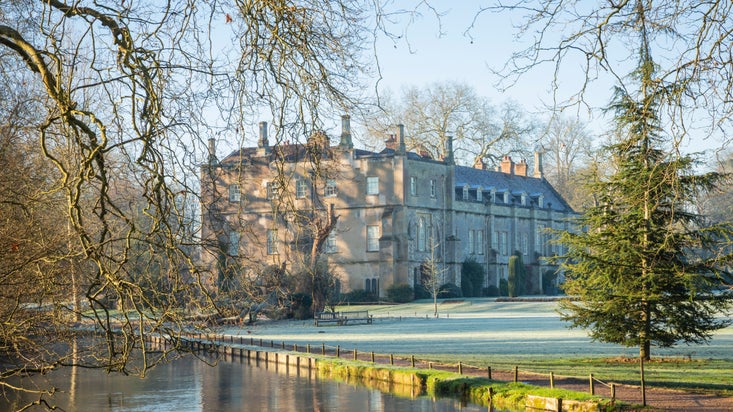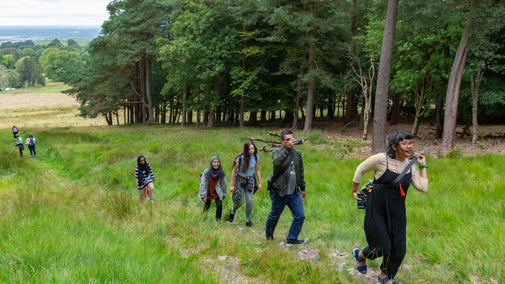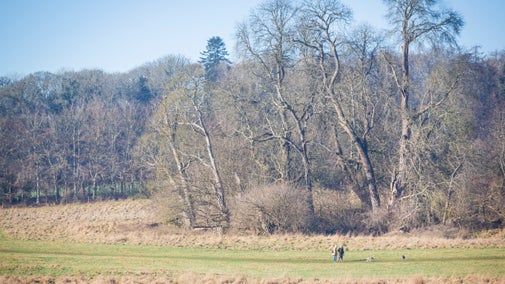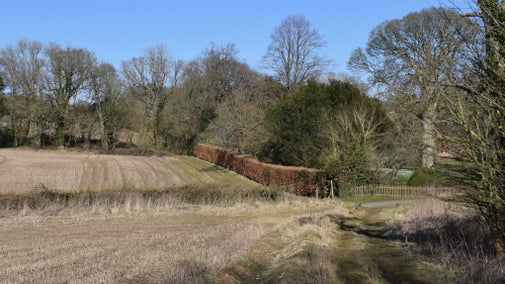Mottisfont estate walk
Hampshire
Discover the diverse Mottisfont estate on a varied walk through ancient woodlands and historic farmland. This walk takes in part of the Test Way and showcases some of the best of Hampshire countryside. Look out for fingerpost signs and way markers to guide you along the route. The route is designed to be walked anti-clockwise, but is waymarked in both directions. We have numbered the route to aid orientation.
Near to
MottisfontStart point
Spearywell car park, grid ref: SU316275Trail information
Road walking
The route involves walking along some country lanes and roads with no pavements.
More near here
Mottisfont
A romantic house and gallery set in beautiful riverside gardens

Get in touch
Our partners

We’ve partnered with Cotswold Outdoor to help everyone make the most of their time outdoors in the places we care for.
You might also be interested in
Walking
Explore some of the finest landscapes in our care on coastal paths, accessible trails, woodland walks and everything in between. Find the best places to walk near you.

Cotswold Outdoor: our exclusive walking partner
Learn about the National Trust’s ongoing partnership with Cotswold Outdoor. Find out how they help us care for precious places and the exclusive discount available for National Trust supporters.

Staying safe at National Trust places
The special places in National Trust care sometimes come with a few risks for visitors, be it coastline or countryside. Find out how to keep safe throughout your visits.

Follow the Countryside Code
Help to look after National Trust places by observing a few simple guidelines during your visit and following the Countryside Code.

Explore the Mottisfont estate
Explore Mottisfont’s diverse estate, criss-crossed by the crystal-clear River Test, and south Hampshire countryside sites of Stockbridge Down and Marsh and Curbridge Nature Reserve.

Eating at Mottisfont
Go on, it's Christmas! We've got some delicious toothsome treats to tempt you, like Christmas cookies, homemade yule log and our December scone of the month - a delicious goat cheese and fig.

Visiting Mottisfont with your dog
Mottisfont is a two pawprint rated place. Dogs on a short lead are welcome to explore most of the garden.

Walking in Hampshire
There’s so much to enjoy on a winter's walk in Hampshire. You can wander through magnificent beech woods at The Vyne, or take in breathtaking views across downland at Hinton Ampner. We've got walks to suit all ages, including young families, with fascinating facts to accompany each one.

